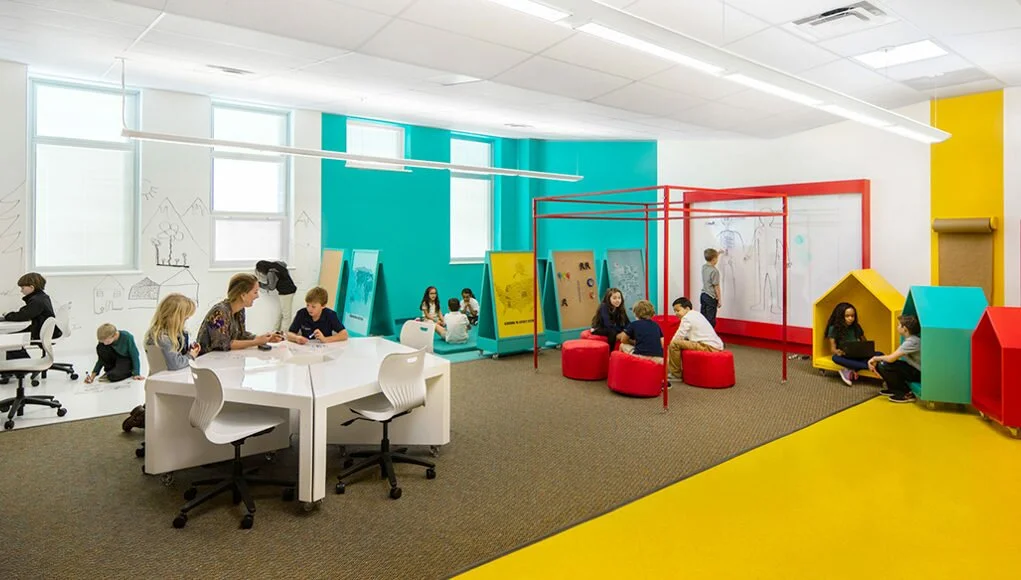Classroom Design and Student Engagement

Every educator wants his or her students to show 100 % in class test or final exams but regrettably, almost all of them are still not focusing on classroom design that can create a great impact on student engagement. According to a recent study, a friendly and flexible classroom design has a significant effect on student engagement as well as learning outcomes. Through this study, it is examined that behavioral, cognitive, and poignant facets of student engagement are directly related to classroom design. Virtually, everything rotates around boosting student learning achievements, teacher development and standardized tests etc. And, classroom design is also included in the list.
How classroom design affects student engagement!
Thoroughly, from the entrance to the classes and seating area for students, plays a significant role in levels of effective student engagement. When it comes to improve student engagement, classroom design should not be ignored because classroom design affects student engagement and helps them to learn more efficiently. As a result, it is indispensable that learning institutions and educators must take classroom design seriously in order to improve the learning. Old fashioned and traditional classroom arrangement of row after row of student seats is on the way out from the latest educational system. Outdated classroom furniture is being replaced by flexible seating plans that are deliberately selected to make students powerful as well as to provide them a prolific learning environment.
After identifying that how classroom design affects student engagement, lets we discuss things to be considered in order to make the classroom design better for student learning and engagement.
Elements to consider for effectual classroom design
Furniture
The most important thing that contributes a lot in overall classroom design is furniture. Nowadays, most of the classrooms are badly designed in terms of the furniture and seating arrangements. Institution management or educators (with help of students or other staff) must move things around once or twice in year to provide students an engaging learning environment.
Colour
Classroom design and student engagement are linked with each other and by making some creative changes in the color scheme of your class you can give your students an engaging and prolific learning environment. Even it is the simplest way to make a difference between traditional and engaging classroom. You can change the colour of walls, floors, and ceilings to bring prolific change in the classroom design.
Flexibility
Classroom setting must be flexible. So it can be changed easily according to the latest learning and teaching trends to empower students as well as to boost learning. A flexible classroom design allows you to create some extra space for some extracurricular activities when required.
Every teaching institute or organization can boost the student engagement in the classroom by making some recently mentioned changes in overall classroom design to get better learning outcomes. No doubt, classroom design affects learning, but changes in the classroom design must be fertile that don’t create negative effect on student engagement.
Leave a Reply
You must be logged in to post a comment.













